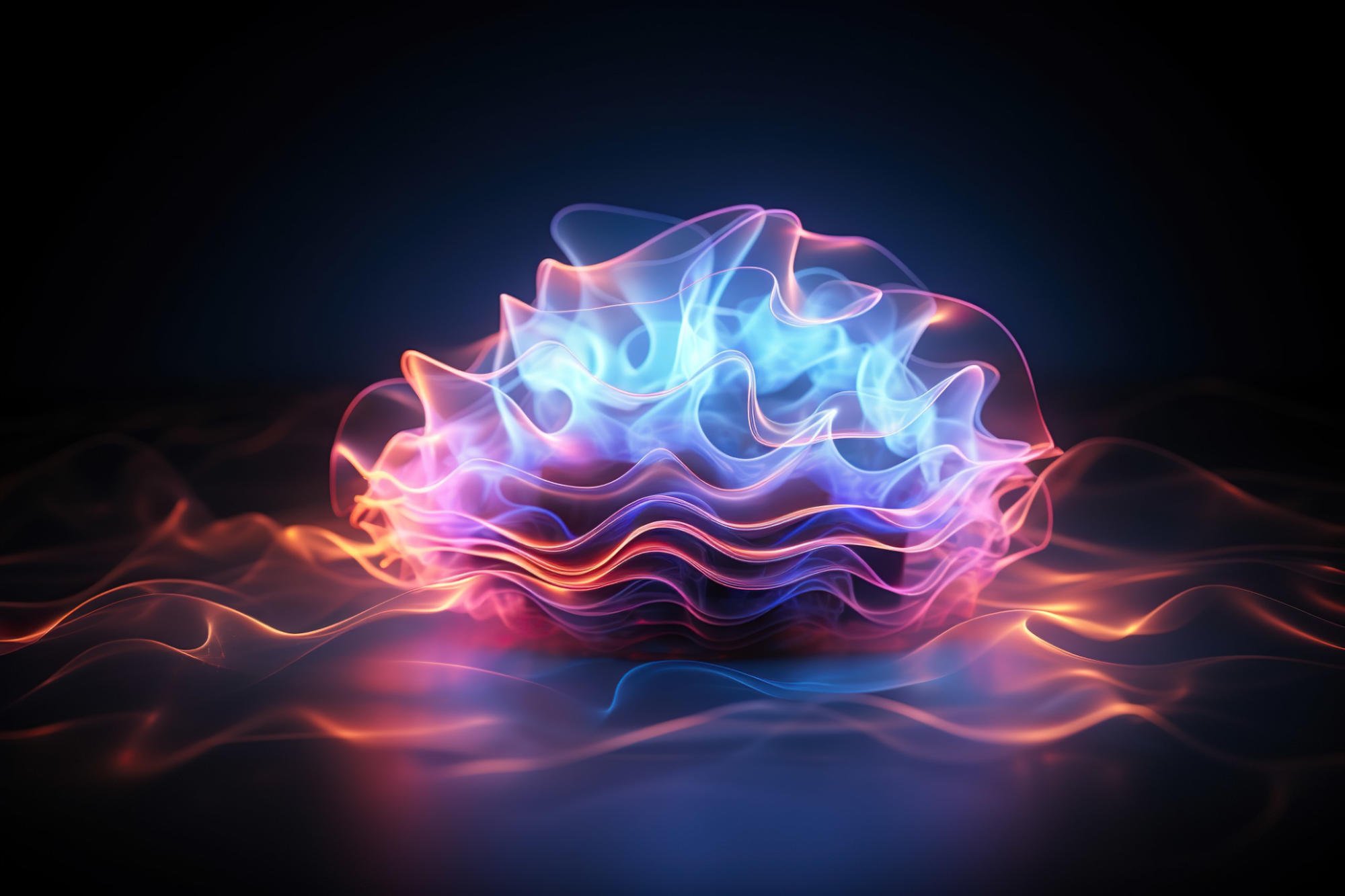Learn about brain health and nootropics to boost brain function
Researchers Discover New Origin of Deep Brain Waves

UC Irvine researchers have discovered that crucial brain waves for deep sleep, previously believed to be generated only by a specific brain circuit, also originate from the hippocampus, offering new insights into memory processing during sleep. Understanding hippocampal activity could improve sleep and cognition therapies.
Researchers from the University of California, Irvine’s biomedical engineering department have discovered a new origin for two essential brain waves—slow waves and sleep spindles—that are critical for deep sleep. While it was traditionally thought that these brain waves originated solely from a circuit connecting the thalamus and cortex, the team’s findings, published in Scientific Reports , suggest that the axons in memory centers of the hippocampus play a role.
For decades, slow waves and sleep spindles have been identified as essential elements of deep sleep, measured through electroencephalography recordings on the scalp. However, the UC Irvine-led team revealed a novel source of these brain waves within the hippocampus and were able to measure them in single axons.
The study demonstrates that slow waves and sleep spindles can originate from axons within the hippocampus’ cornu ammonis 3 region. These oscillations in voltage occur independently of neuronal spiking activity, challenging existing theories about the generation of these brain waves. Research Methodology and Findings
“Our research sheds light on a previously unrecognized aspect of deep sleep brain activity,” said lead author Mengke Wang, former UC Irvine undergraduate student in biomedical engineering who is now a graduate student at Johns Hopkins University (Wang conducted the study while at UC Irvine). “We’ve discovered that the hippocampus, typically associated with memory formation, plays a crucial role in generating slow waves and sleep spindles, offering new insights into how these brain waves support memory processing during sleep.”
The team utilized innovative techniques – including in vitro reconstructions of hippocampal subregions and microfluidic tunnels for single axon communication – to observe spontaneous spindle waves in isolated hippocampal neurons. These findings suggest that spindle oscillations originate from active ion channels within axons, rather than through volume conduction as previously thought. Implications and Future Research
“The discovery of spindle oscillations in single hippocampal axons opens new avenues for understanding the mechanisms underlying memory consolidation during sleep,” said co-author Gregory Brewer, adjunct professor of biomedical engineering. “These findings have significant implications for sleep research, potentially paving the way for new approaches to treating sleep-related disorders.”
Brewer’s other research affiliations include the Institute for Memory Impairment and Neurological Disorders and the Center for Neurobiology of Learning and Memory.
By uncovering the hippocampus’s role in generating slow waves and sleep spindles, this research expands our understanding of the brain’s activity during deep sleep and its impact on memory processing. The findings offer a promising foundation for future studies exploring the therapeutic potential of targeting hippocampal activity to improve sleep quality and cognitive function.
Reference: “Spindle oscillations in communicating axons within a reconstituted hippocampal formation are strongest in CA3 without thalamus” by Mengke Wang, Samuel B. Lassers, Yash S. Vakilna, Bryce A. Mander, William C. Tang and Gregory J. Brewer, 10 April 2024, Scientific Reports .
DOI: 10.1038/s41598-024-58002-0
Joining Brewer and Wang in this study, which received financial support from the UCI Foundation, were William Tang, professor emeritus of biomedical engineering; Bryce Mander, associate professor of psychiatry & human behavior; and Samuel Lassers, graduate student researcher in biomedical engineering.